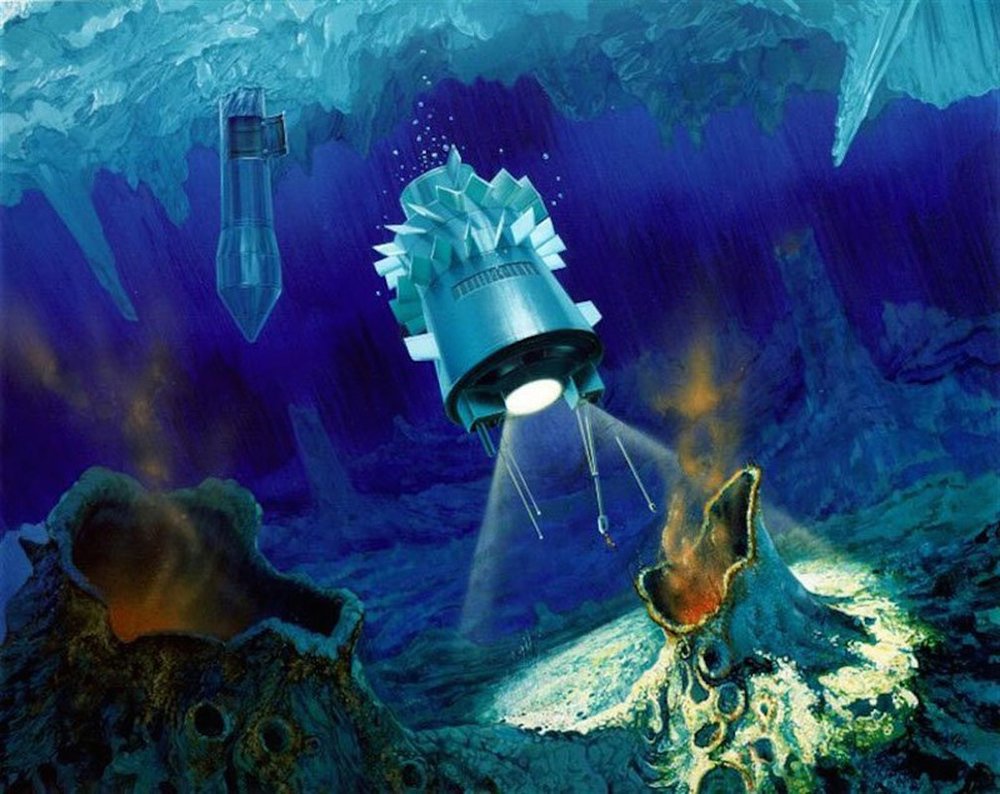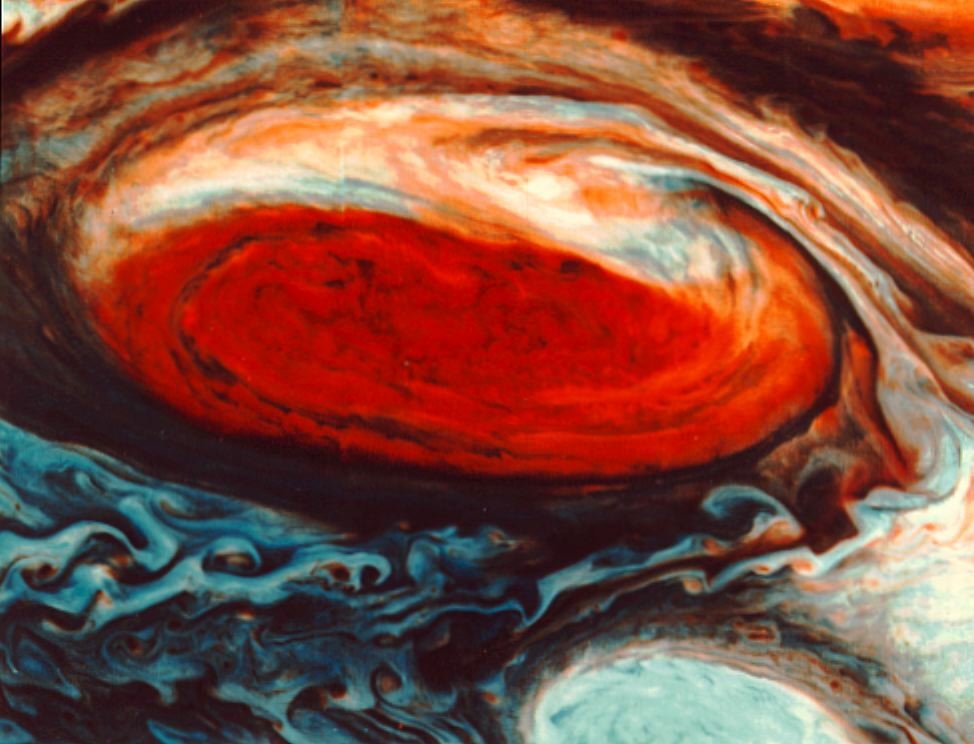Ever since the World began, we’ve been adamant to discover not only the World we’re living in but also our universe. Since we know that a universe is a vast place, we want to discover the endless possibilities and opportunities it can offer. We want to see the exotic beauty and the grandeur as well as the unique features different planets have. Moreover, we want to sate our curiosity by studying the mysterious heavenly bodies and how they affect the natural process of our solar system.
Because of this, many countries are investing heavily on Astronomical studies to conduct space exploration in order to uncover the mystery of the universe. At one point in our lives, many of us aspire to become tourist astronomers too, just so we could tour the outside world. However, touring around the space is proved to be a challenging task we are yet to overcome. Not only do we need to have hefty amounts to pay for the spaceship and load it with supplies we need to survive but we’re also bound to endure the intense coldness, heat, or toxicity while we are on our voyage. Not to mention, we don’t exactly have an itinerary in mind!
However, the great news is that the NASA had provided us with a list of the best vacation spots you can visit in outer space! This can be an exciting and one-of-a-kind experience when you get the chance to tour around the solar system so what are we waiting for? Let us heed on the list now!
Navigate Through the Famous Saturn Rings
One of the most promising and popular features we’ve been wanting to discover for centuries are the famous Saturn rings. The ring stands out from other planets because it extends from 6,630 to 120,700 kilometers outward from Saturn’s equator. You can practically traverse the planet’s circumference just by sailing through its rings! What’s more, it only has an average thickness of 20 meters, providing you with an excellent view of the Saturn’s atmosphere as well as its surrounding moons.
Take a Leap of Faith by Swimming in the Methane Lakes of Titan

Methane Lakes of Moon Titan
It may sound crazy but the level of methane and ethane in Saturn’s moon, Titan, is actually tolerable since it has the same water cycle as the Earth, which enables a swim in its famous lake for a specific period of time. Furthermore, this is the only moon where you can actually see seas and lakes occupying the heavenly body among the rest. It sure would be a one-of-a-kind experience to swim in a moon’s lake.
Dive Below the Ice Walls of Moon Europa To See The Deep Sea Life Underneath

NASA’s Satellite image of Moon Europa’s Underground Ocean
Even more daring and activating the adrenalin rush while exploring a water underworld, then diving in Moon Europa would be the perfect destination for you. If Saturn’s moon Titan allows a swim on the lake surface, Moon Europa would give even more thrills by exploring a primitive deep sea life underneath. You need to endure traversing the impenetrable walls of ice, though, before you get to discover a vast ocean underneath. It is inhabited by a plethora of aquatic floras and faunas and it’s mesmerizing to know that the ocean is actually liquid compared to the frozen surface. It is believed that Moon Europa has tectonic activities, which enables the ocean to maintain its liquid state and prevents it from freezing the whole moon.
Complete Your Ice Adventure By Skiing on Pluto’s Norgay Montes’ Frozen Slopes
https://www.youtube.com/watch?v=ydU-YrG_INk
If you enjoy intense cold and play with snow, Pluto’s Norgay Montes is the perfect spot for you. Although Pluto’s considered a dwarf planet now, its frozen slopes are still popular for interstellar tourists. What’s great about skiing in these frozen slopes is that it’s easier to traverse and even reach the top, since the gravity here is lesser than that on Earth.
Explore Around the Solar System Through Halley’s Comet
If you prefer to see the stars, moons, comets, and other heavenly bodies in our infinite cosmos then you can follow Halley’s Comet to traverse around the solar system. This spectacular heavenly body is only visible to the Earth’s surface every 70 to 75 years, but did you know that its presence is constant in our solar system? In fact, its journey starts from between Mercury or Venus orbit and goes as far as Pluto. Its dazzling radiance when spotted has spurred on philosophical, naturalistic and scientific debates among scientists for centuries.
Witness the Storm’s Eye By Navigating Through Jupiter’s Great Red Spot

NASA’s Satellite Image of Jupiter’s Red Swirling Mystery
We all know the devastating effects when a storm or hurricane hits our towns. However, we couldn’t help but wonder what the appearance of a typhoon is when you see it above the surface. Well, now you can see an eye’s storm with a bare eye through Jupiter’s Great Red Spot. In the planet’s southern hemisphere, this colossal anticyclonic storm spans around 40,000 kilometers from West to East and 14,000 kilometers from South to North. This storm is said to be unyielding and it is believed that the Great Red Spot has existed for more than 300 years.










